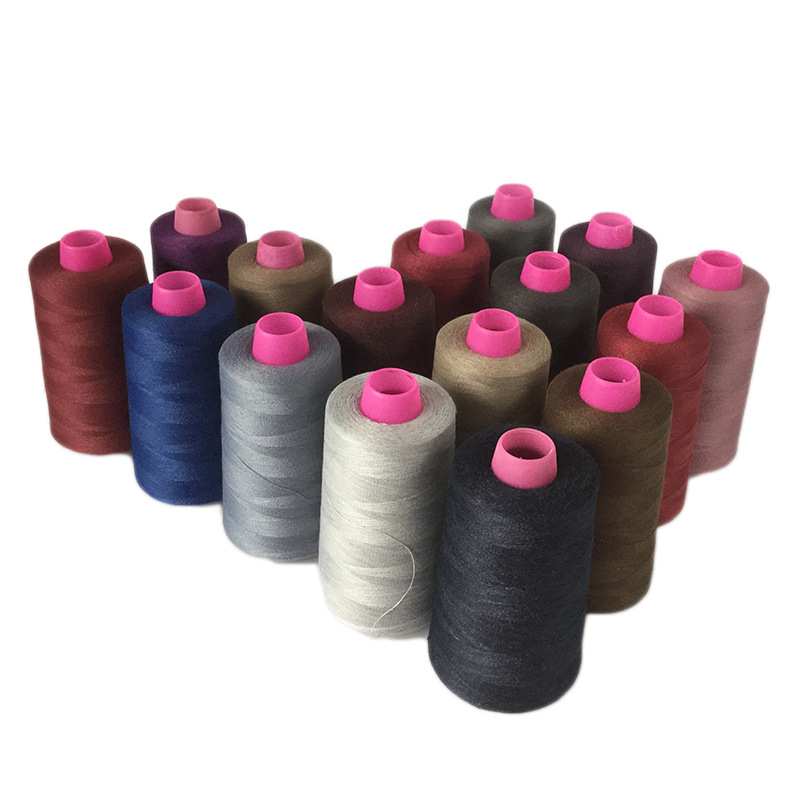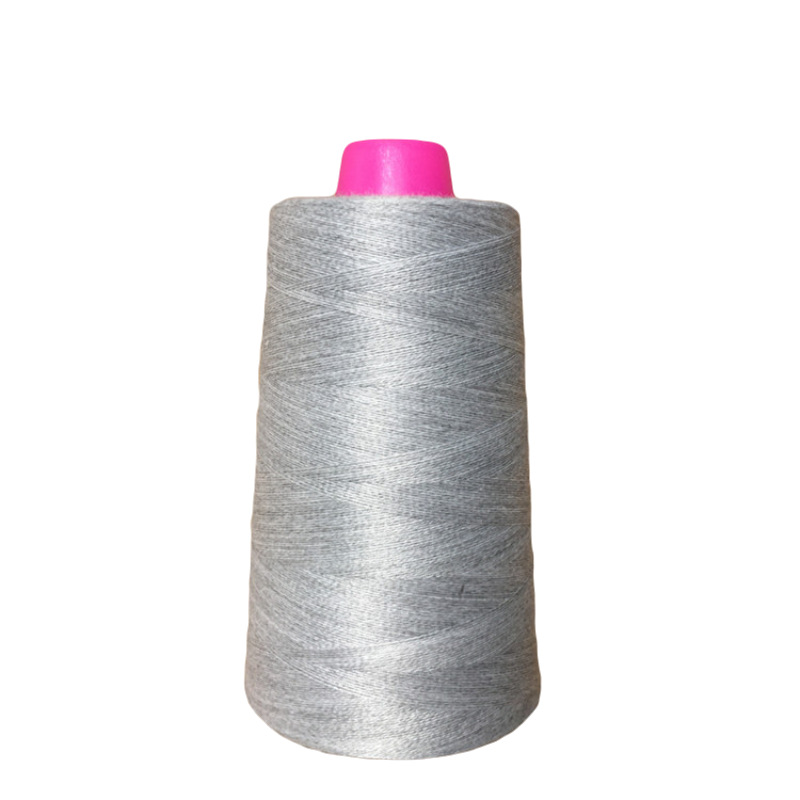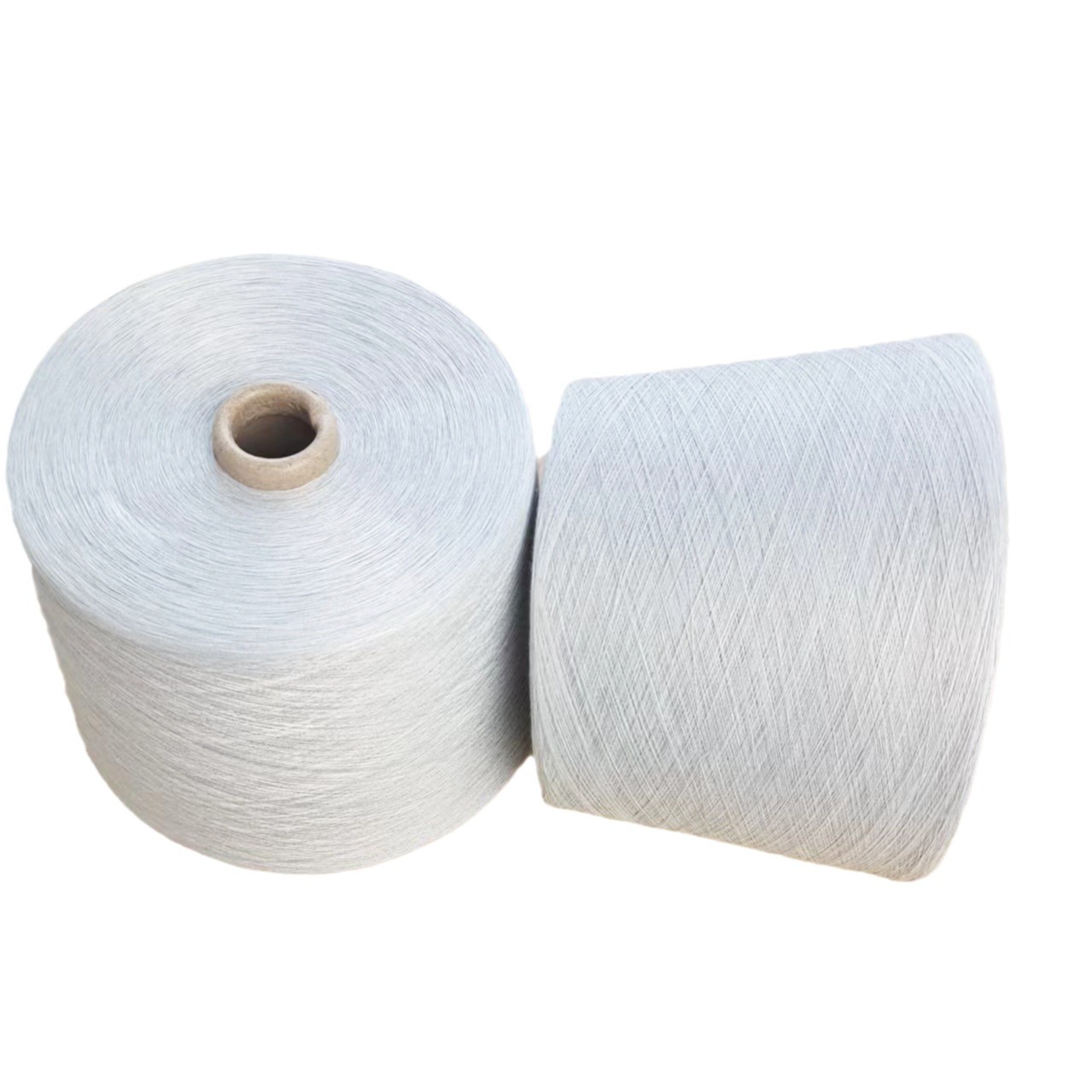Weaving and Knitting with Stainless Steel Conductive Yarn: T
Weaving and Knitting with Stainless Steel Conductive Yarn:
Techniques and Tips for Engineers and Designers


Techniques and Tips for Engineers and Designers


The integration of conductivity into textiles is revolutionizing industries from healthcare to wearable tech. Stainless steel conductive yarn stands out for its durability, corrosion resistance, and consistent performance. However, moving from traditional fibers to metal-based yarns presents unique challenges. This guide covers essential techniques and practical tips for successfully weaving and knitting with this advanced material.


(Why Stainless Steel Yarn?)


Durability: Highly resistant to abrasion, stretching, and breaking during processing.
Temperature & Corrosion Resistance: Ideal for applications requiring washing or harsh environments.
Consistent Conductivity: Provides reliable electrical performance throughout the fabric's lifecycle.
Section 1: Weaving Techniques with Conductive Yarn
Weaving is ideal for creating structured, stable conductive fabrics for sensors, heating elements, and EMI shielding.


1. Warp vs. Weft Integration:
As a Warp Yarn: Requires high tensile strength. Stainless steel yarn is excellent here due to its robustness. Ensure your loom has smooth, non-abrasive guides and heddles to prevent premature wear.
As a Weft Yarn: A more common and simpler method. The yarn is inserted by the shuttle, rapier, or air jet. This is perfect for creating isolated conductive traces or grids within a fabric.
2. Critical Tips for Weaving:
Tension Control: This is paramount. Maintain low and consistent tension to avoid breaking the metal filaments. Precise pre-tensioning devices are recommended.
Loom Selection: Choose looms with minimal metal-to-metal contact points. Ceramic or polished porcelain guides are essential to reduce friction and static buildup.
Fabric Design: Use a plain or twill weave for reliable conductivity. More complex weaves can strain the yarn. Always pair the conductive yarn with a natural or synthetic structural yarn (e.g., polyester, cotton) for added strength and comfort.
Section 2: Knitting Techniques with Conductive Yarn
Knitting offers flexibility and stretch, making it perfect for wearable electrodes, smart garments, and stretchable circuits.
1. Weft Knitting vs. Warp Knitting:
Weft Knitting (Circular & Flatbed): The most common method. The yarn is fed horizontally. It's excellent for creating seamless smart garments. However, be mindful of loop formation; tight loops can increase electrical resistance.
Warp Knitting: Creates a more stable, less stretchy fabric. Ideal for applications where precise, stable electrode placement is crucial, like in medical textiles.
2. Critical Tips for Knitting:
Feeder Setup: Use a stationary feeder and avoid feeders that cause the yarn to twist or unwind unpredictably.
Tension (Again!): Even more critical than in weaving due to the yarn's path through multiple feeders and guides. Use tension meters and ensure settings are optimized for metal yarns.
Needle Selection: Cylinder needles with a polished, anti-grip surface are best. They prevent snagging and ensure smooth movement. Using a slightly larger gauge needle than you would for a similar-thickness traditional yarn can help.
Blending Yarns: Do not knit purely with stainless steel yarn. Knit it alongside a passive, insulating yarn (e.g., wool, acrylic). This protects the conductive yarn, adds comfort, and improves the garment's overall durability.
Section 3: Universal Best Practices
Storage: Store cones in a dry environment to prevent any oxidation (even though stainless is resistant, other components might not be).
Testing: Continuously test conductivity during production runs. A small break or a flaw in the yarn can render the entire fabric non-functional.
(Conclusion)
Successfully working with stainless steel conductive yarn is a blend of art and science. By understanding its properties and adapting your weaving a